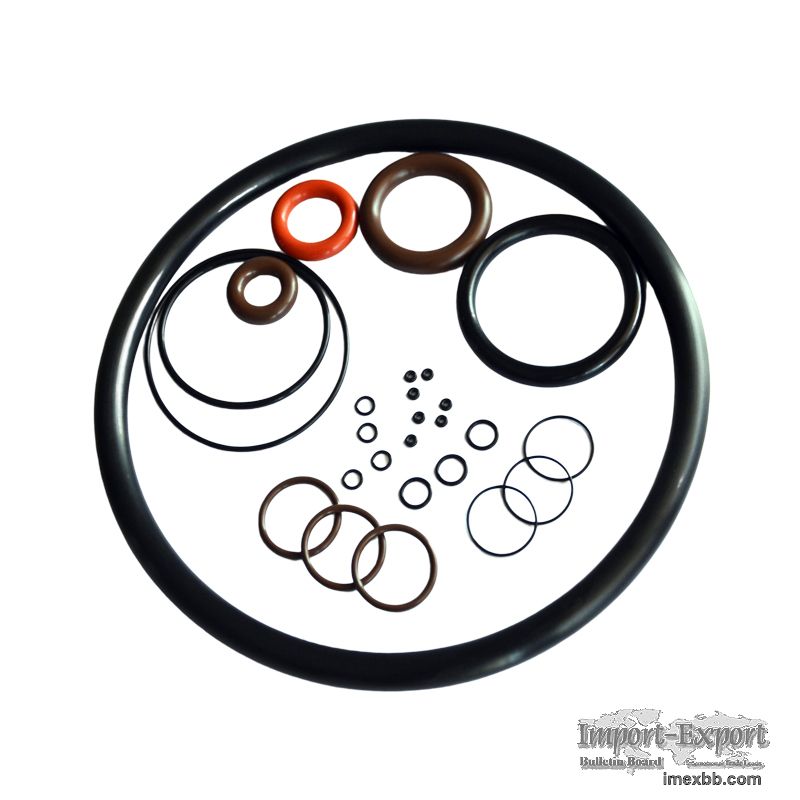 |
 |
Home > Offers to Sell > Others & Excess Inventory > Others
| Contact: | junyingliu |
|---|---|
| Company: | Xingtai Shanfeng special rubber products Co., Ltd |
| Hetou Industrial Zone, Renze District, Xingtai City, Hebei Province | |
| Xingtai City, Hebei | |
| China | |
| Phone: | 18713908608 |
| E-Mail: | |
| Date/Time: | 7/21/23 7:43 GMT |
China Manufacturer Custom Different Sizes O-rings
  O-rings are circular rubber seals that are used to prevent leakage of
fluids or gases in various applications, such as plumbing, hydraulic systems,
pneumatic systems, and automotive parts. O-rings are available in different
sizes, materials, and hardness levels to suit different needs and environments.
But do o-rings need to be exact size? How can we determine the proper o-ring
size for a given application?
  The answer is yes, o-rings need to be exact size, or at least within a
certain tolerance range, to ensure optimal sealing performance and prevent
premature failure. The size of an o-ring is determined by two dimensions: the
cross-section (CS) and the inside diameter (ID). The cross-section is the
thickness of the o-ring, and the inside diameter is the distance from one inner
edge of the o-ring to the opposite inner edge.
  The cross-section and the inside diameter affect how well the o-ring fits
into the groove or cavity where it is installed, and how much it compresses
when pressure is applied. If the o-ring is too large or too small, it may not
seal properly, or it may extrude out of the groove and get damaged. Therefore,
it is important to measure the o-ring size accurately and match it with the
groove dimensions.
  There are different methods and tools for measuring o-ring size, such as
calipers, gauges, cones, tapes, and charts. Calipers are the most precise and
reliable tool for measuring both the cross-section and the inside diameter of
an o-ring. Gauges, cones, and tapes can be used to measure the inside diameter
of an o-ring by comparing it with a known standard. Charts can be used to look
up the standard o-ring sizes based on different standards, such as U.S.,
Japanese JIS, British BS, or Common Metric.
  The most commonly found o-ring size standard is AS568, which specifies 369
standard sizes of o-rings with five standard cross-sections: 0.070, 0.103,
0.139, 0.210, and 0.275 inches. These sizes cover most of the applications in
the U.S. market. However, if the o-ring size does not fit any of these
standards, custom and non-standard products are available for most materials
with no tooling or setup fees.
  O-rings need to be exact size to ensure proper sealing performance and
prevent leakage or damage. The size of an o-ring is determined by its cross-
section and inside diameter, which can be measured by various methods and
tools. Standard o-ring sizes are available based on different standards, but
custom and non-standard products can also be ordered if needed.
Minimum Order: 100 pieces
SOURCE: Import-Export Bulletin Board (https://www.imexbb.com/)
Similar Products:Not exactly what you are looking for? Post an Offer to Buy!
![]()
© 1996-2010 IMEXBB.com. All rights reserved.
|
|
|






